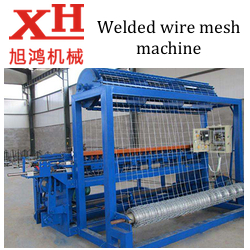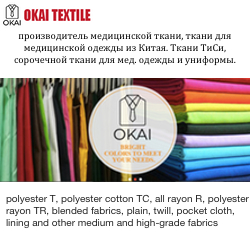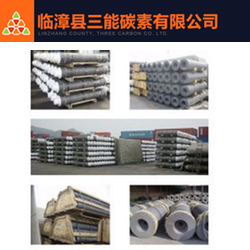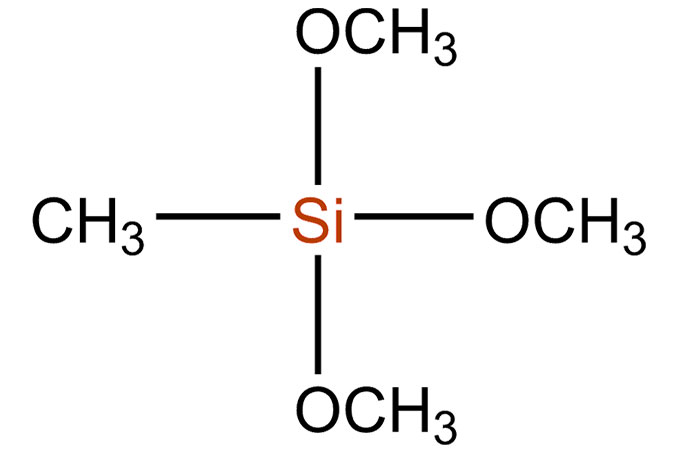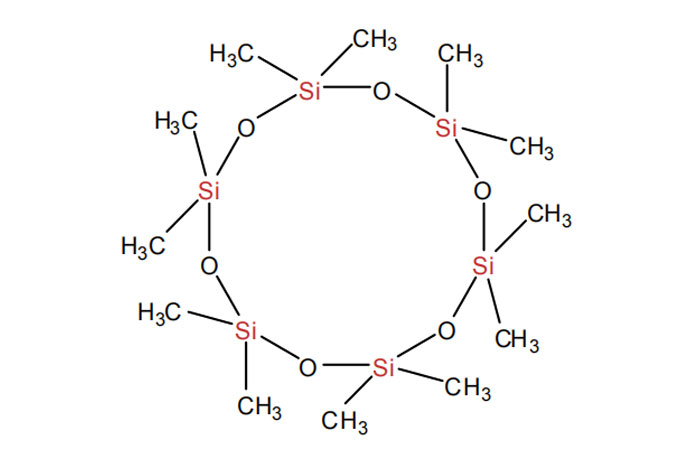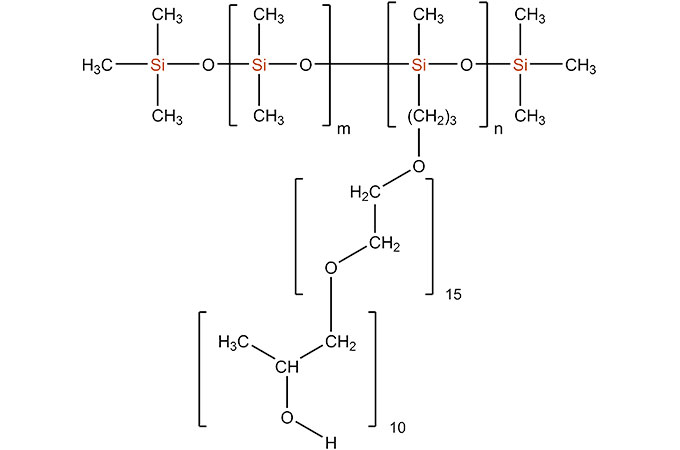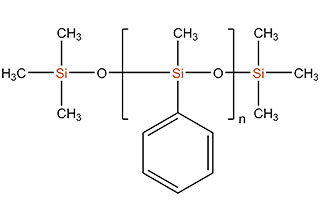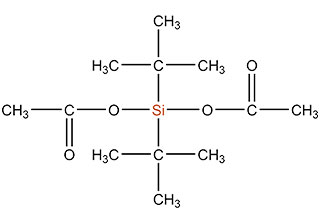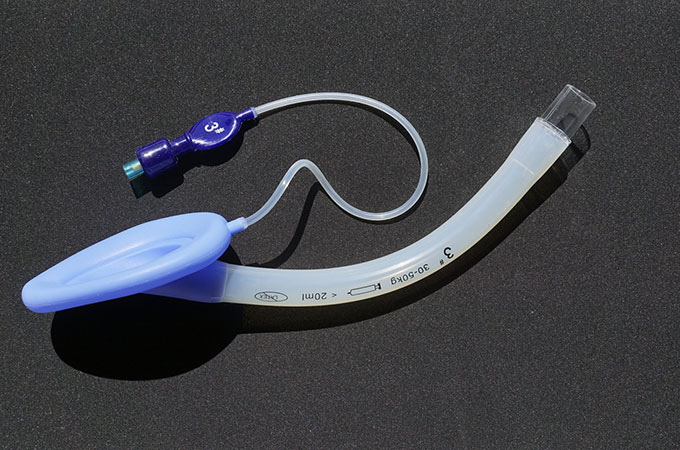SiSiB® PC5131
SiSiB® PC5131
Methyltrimethoxysilane
SiSiB® PC5131, MTMS chemical, an alkylalkoxysilane is an important component in sol-gel system. It is a colorless liquid. It hydrolyzes slowly in the presence of moisture (methanol is released) to form reactive silanols. These react further to produce oligosiloxanes and then poly- siloxanes.
It is the equivalent of Momentive's A-1630, Dow's Z-6070, Wacker's M1-TRIMETHOXY, Evonik's Dynasylan MTMS, ShinEtsu's KBM-13. For methyltrimethoxysilane priceand other more details, please feel free to contact us.
Technical Data
|
CAS No. |
1185 55 3 |
|
EINECS No. |
214-685-0 |
|
Formula |
C4H12O3Si |
|
Molecular Weight |
|
|
Boiling Point |
102°C [760mmHg] |
|
Flash Point |
9°C |
|
Color and Appearance |
Colorless transparent liquid |
|
Density 25/25°C |
|
|
Refractive Index |
|
Application
SiSiB® PC5131 organo sisib siliconesare highly miscible with standard organic solvents, such as alcohols, hydrocarbons and acetone.
SiSiB® PC5131 is practically insoluble in neutral water and reacts only slowly to form silanols and higher condensation products. Addition of a hydrolytic catalyst (inorganic/organic acids, ammonia or amines) accelerates the hydrolysis of SiSiB® PC5131 Methyltrimethoxysilane substantially.
SiSiB® PC5131 is used as an important component in sol-gel systems.
SiSiB® PC5131 alkyl alkoxy silane is also used in the production of silicone resins and condensation-curing silicone rubber.
[Filler Modifier] SiSiB® PC5131 Methyltrimethoxysilane is used mainly to render a wide range of surfaces and materials water repellent (e.g. mineral fillers, pigments, glass, cardboard). MTMS silaneCAS 1185 55 3 may be used pure or in solution to treat fillers, using suitable mixing equipment. It may be necessary to first pre-treat the substrate with water and/or a catalyst.
[Alkoxy Crosslinkers] The most common alkoxy silane crosslinking agents are methoxy or ethoxy silanes due to their high reactivity. The reaction precedes by nucleophilic substitution usually in the presence of acid or base catalysts. Alkoxides react directly with silanols or with water to produce silanols. The newly formed silanols can react with other alkoxides or self-condense to produce a siloxane bond and water.
When an acid catalyst is used, protonation of the alkoxysilane increases the reactivity of the leaving group. When a base catalyst is used, deprotonation of the silanol forms a reactive silonate anion. The by-product of the reaction is an alcohol. Common metal catalysts for these reactions are alkoxytitanium derivatives and dibutyltin dicarboxylates.
As one of food grade silicone manufacturers, we can offer sorts of related products for sale, anything you need, please contact us.
Send product request
Other supplier products
| SiSiB® PC9108 | SiSiB® PC9108 is colorless clear liquid. Technical Data CAS No. 540-97-6 EINECS No. 208-762-8 Formula ... | |
| SiSiB® PC19446 | SiSiB® PC19446 is polyglycol (ethylene/propylene oxide) modified dimethicone and could provide unique surfactant properties, and lower surface ... | |
| Phenyl Silicone Fluids | Phenyl Functional Silicone, Phenyl Silicone Oil, Phenyl Modified Silicone, Diffusion Pump Fluid, silicone diffusion pump oil, Heat Transfer Fluid, ... | |
| Acetoxy Silanes | SiSiB SILICONES, established in 1989, is one of the leading silane manufacturer, focusing on the development and manufacture of silanes and silicon... | |
| SiSiB® LR3100 LSR for Medical Laryngeal Mask | SiSiB® LR3100 series are paste-like, two-component medical grade liquid silicone for injection molding process. It is designed for medical ... |



